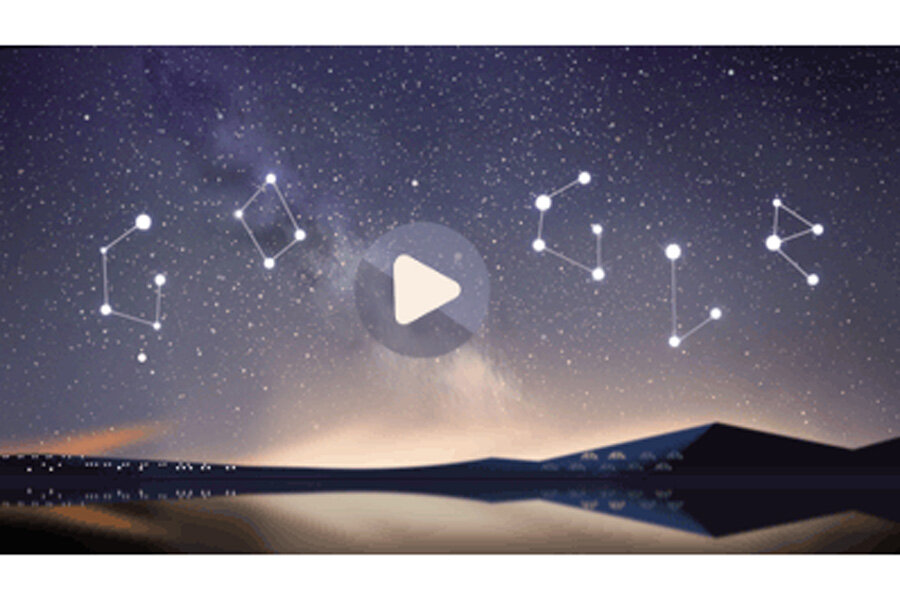Perseid meteor shower tonight: How to get the best view
Loading...
Want a front-row seat to the year's best meteor shower? Hope for clear skies Tuesday night.
The Perseid meteor shower, often the most prolific of the year, will reach its peak Tuesday. In the past, the Perseids have delivered up to 100 shooting stars an hour. But a bright "supermoon" and a cloudy forecast could obscure this annual light show for people in certain states.
Here's how to increase your chances of getting an excellent view.
First, check your local forecast. AccuWeather.com predicts that three parts of the country will have the best viewing conditions: far western states (California and Nevada), the southern tip of Florida, and a wide swath of the midwest (from Wisconsin to Texas and from central Nebraska to eastern Tennessee). Areas bordering those regions should have a decent view, according to AccuWeather, but the northeast and most of the Mountain time zone will likely have cloudy skies Tuesday.
Second, check your watch. Don't bother looking before sundown. With meteor showers, darker is better. You might catch a meteor streak or two in the twilight, but full darkness is your best bet. The light show will go all night, however NASA says the performance will pick up after 10 p.m. and crescendo between 3 a.m. to 4 a.m. local time.
Third, check your location. Stay away from the cities, streetlights, and other sources of ambient light. Give your eyes some time to adapt to the darkness – about 30 minutes should do.
"Lie flat on your back with your feet facing northeast and look up, taking in as much of the sky as possible," says NASA. "Unfortunately, a nearly full moon (Supermoon) will make it difficult to view the year's best meteor shower. However, you may still be able to see a few fireballs." To explain, full moons cast more light, making it harder to spot meteors. But recently we had a supermoon, when the full moon is at its closest point to Earth, making it appear even brighter than normal. As NASA says, this extra source of light might make it harder to spot meteors.
If you do see some, think about how fast those shooting stars are falling. The average Perseid meteor clocks in at 133,200 miles per hour, speedy enough to circle the earth in 3.5 minutes. Of course, these fireballs burn up before they get the chance race around the globe, giving us a fantastic performance every year.







